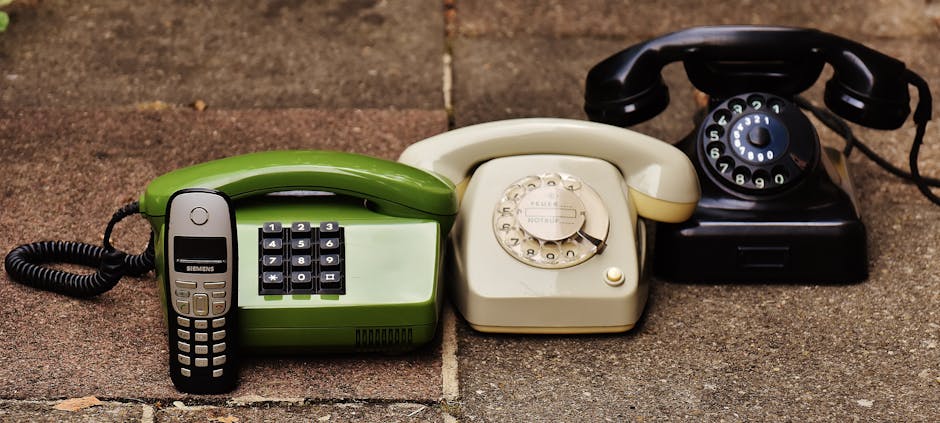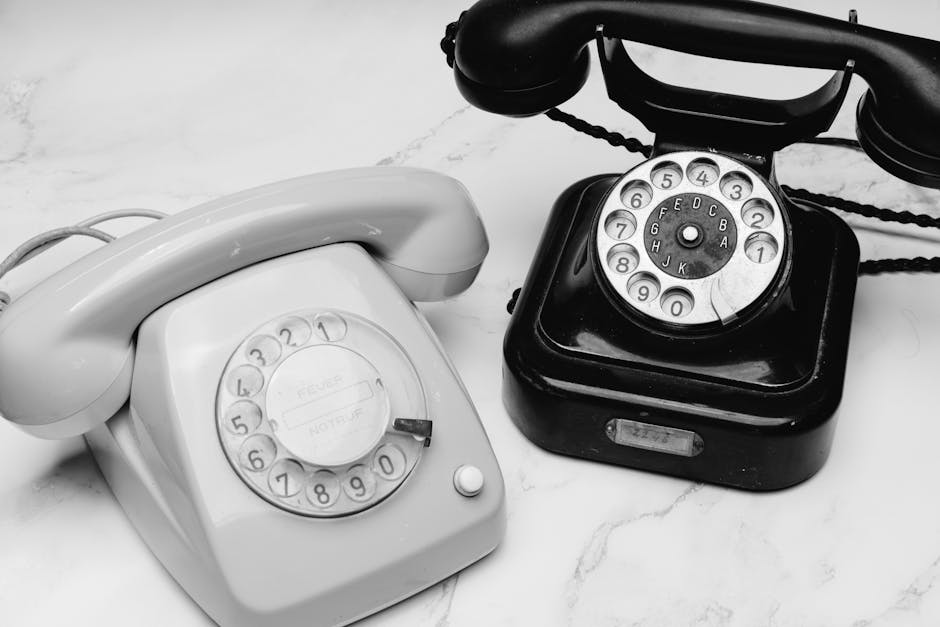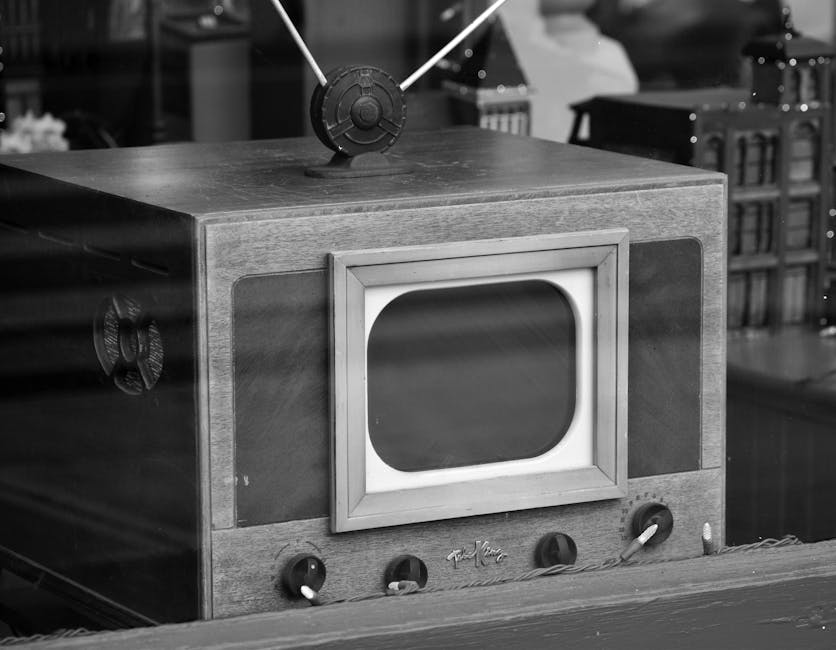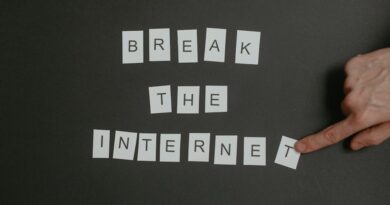The Fascinating Evolution of Telecommunication Devices
In today’s technologically advanced world, the ability to communicate with others across vast distances is often taken for granted. From the earliest forms of telecommunication devices to the modern smartphones that dominate our daily lives, the history of these devices is a testament to human ingenuity and innovation. In this comprehensive exploration, we will delve into the intriguing evolution of telecommunication devices, from their humble beginnings to the cutting-edge technology of the present day.
The Telegraph: Pioneering the Way

One of the earliest breakthroughs in telecommunication devices was the invention of the telegraph. Developed in the early 19th century, the telegraph revolutionized long-distance communication by transmitting coded messages over long distances using electrical signals. The most famous telegraph system, Morse Code, was created by Samuel Morse and Alfred Vail in the 1830s.
With the telegraph, messages could be sent and received in a matter of minutes, a vast improvement over the days or weeks it would take for correspondence to travel by horse or ship. The telegraph played a crucial role in connecting distant communities, facilitating trade, and even aiding in military communications during times of war.
Telephone: The Birth of Voice Communication

While the telegraph brought about a revolutionary change in communication, it was the invention of the telephone by Alexander Graham Bell in 1876 that truly transformed the way we interact with one another. The telephone allowed for real-time voice communication over long distances, opening up possibilities for personal conversations and business dealings like never before.
Initially met with skepticism and doubt, the telephone quickly gained popularity as people realized the convenience and efficiency it offered. By the early 20th century, telephones had become commonplace in homes and businesses, laying the foundation for the interconnected world we live in today.
Radio: Broadcasting to the Masses

With the advent of radio technology in the early 20th century, telecommunication devices took another leap forward. Radio allowed for the transmission of audio signals over long distances, enabling mass communication on a scale never seen before. Radio broadcasts became a popular form of entertainment, news dissemination, and cultural exchange.
From the iconic broadcasts of Orson Welles’ “War of the Worlds” to the wartime reports of Edward R. Murrow, radio played a crucial role in shaping public opinion and uniting people across continents. The development of radio technology paved the way for future innovations in telecommunication devices, setting the stage for the digital age to come.
Television: Bringing Images to Life

In the mid-20th century, the introduction of television revolutionized telecommunication devices once again. Television allowed for the transmission of moving images and sound, bringing a new level of visual communication to audiences around the world. The ability to see events unfold in real-time, from news broadcasts to live sports coverage, captivated viewers and changed the way we consume information.
Television became a central part of everyday life, shaping cultural norms and societal values through its programming. The rise of cable and satellite television further expanded the reach of this medium, offering viewers a wide array of channels and content to choose from. The evolution of television technology continues to this day, with high-definition displays and streaming services redefining the viewing experience.
Computers and the Internet: A New Era of Connectivity
As we entered the digital age, telecommunication devices underwent a radical transformation with the introduction of computers and the Internet. Computers allowed for the processing and storage of vast amounts of data, while the Internet connected these systems together in a global network of communication.
The Internet has revolutionized the way we communicate, enabling instant messaging, video calls, social media interactions, and much more. The rise of smartphones and mobile devices has further accelerated this trend, allowing people to stay connected wherever they go. The Internet of Things (IoT) has expanded the scope of telecommunication devices, with everyday objects becoming interconnected and capable of transmitting data.
Smartphones: The All-in-One Communication Device
Today, smartphones have become the epitome of telecommunication devices, combining the functions of a telephone, computer, camera, and more into a single handheld device. Smartphones allow us to communicate through voice calls, text messages, emails, social media, and a myriad of other applications.
With the rise of smartphones, we are more connected than ever before, with information and communication at our fingertips. The evolution of telecommunication devices has come full circle, from the humble beginnings of the telegraph to the sophisticated smartphones of today.
Challenges and Future Trends
While the history of telecommunication devices is a story of progress and innovation, it is also marked by challenges and controversies. Issues such as privacy concerns, data security, and digital divide continue to be hotly debated topics in the realm of telecommunication.
As we look to the future, emerging technologies such as 5G networks, artificial intelligence, and virtual reality promise to reshape the landscape of telecommunication devices once again. The possibilities are endless, as we strive to create faster, more efficient, and more secure ways of communicating with one another.
Conclusion: The Endless Evolution of Communication
To wrap things up, the history of telecommunication devices is a testament to human creativity and resourcefulness. From the simple telegraph to the complex smartphones of today, we have come a long way in our quest to connect with one another across vast distances.
As we continue to push the boundaries of technology and innovation, the future of telecommunication devices holds endless possibilities. Whether it’s through virtual reality, artificial intelligence, or other cutting-edge technologies, one thing is certain: the evolution of communication is far from over.
So, as we look back on the fascinating journey of telecommunication devices, let us remember the pioneers and visionaries who paved the way for the interconnected world we live in today. The future of communication is bright, and the possibilities are limitless. Long story short, the history of telecommunication devices is a story of endless evolution and boundless potential.




